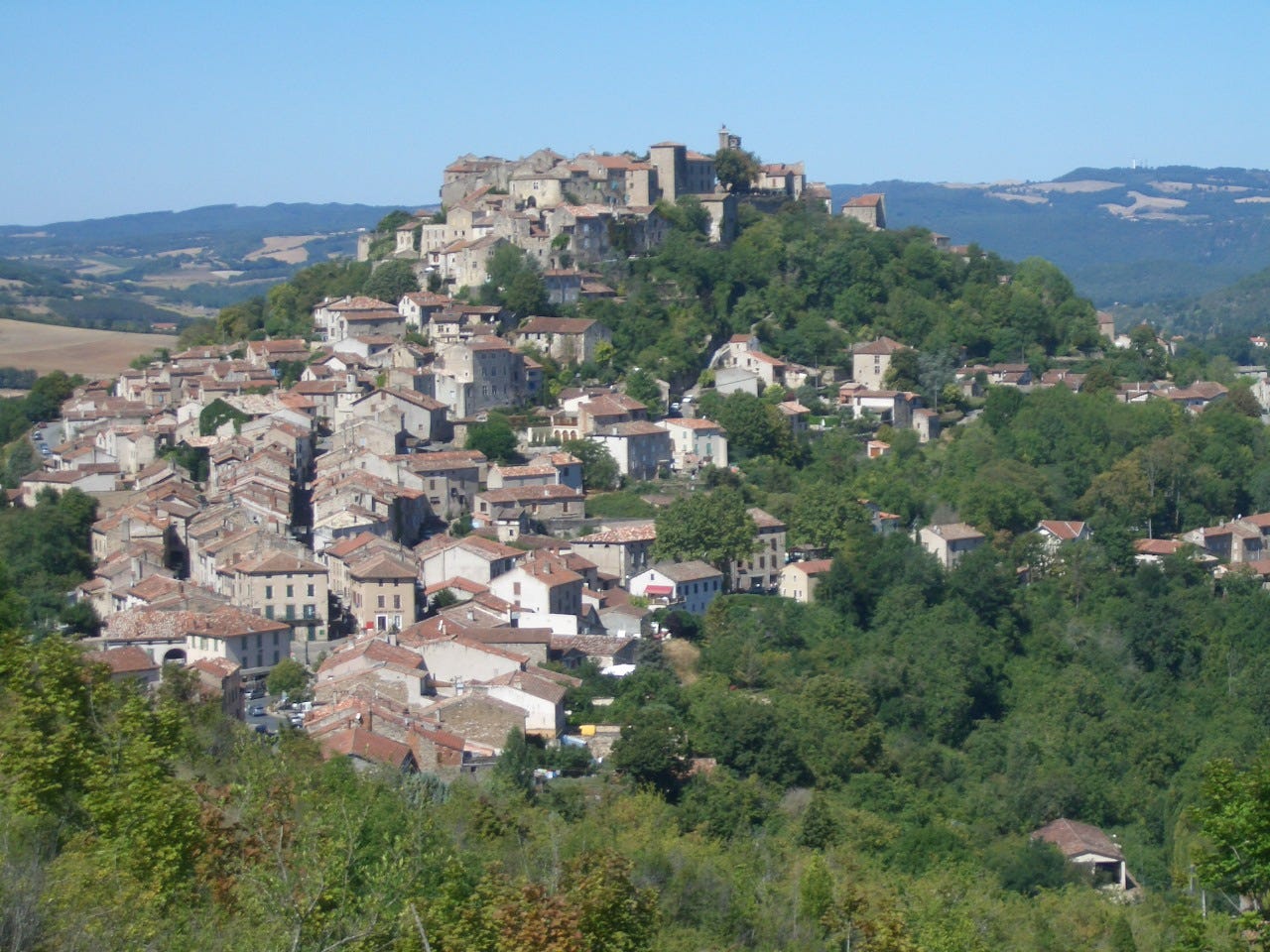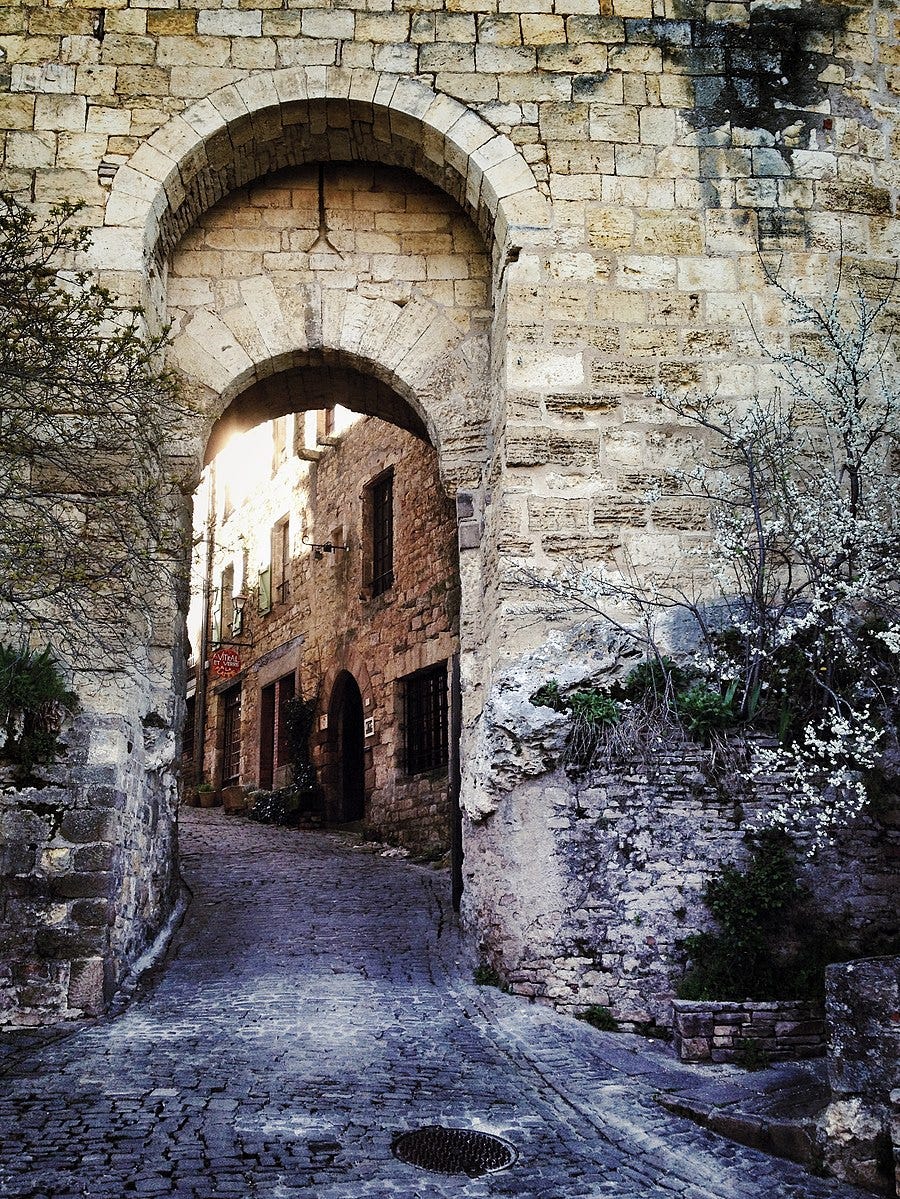Portraits of France: Cordes-sur-Ciel in Languedoc
In the third of this series on French villages, we travel to the medieval town in the south of France that captivated Albert Camus.
“The traveler who looks at the summer night from the terrace at Cordes,” wrote Albert Camus, “knows that he need go no further.”
This walled town, perched for nearly 800 years on a steep butte in the French Languedoc, is one of the most beautifully preserved medieval villages in France. Camus visited for a few days in the early 1950s, later lamenting that “I did not have the wisdom to stay there longer.”
The village’s Gothic stone houses attest to the prosperity Cordes knew in the 13th and 14th centuries. But it was a prosperity born of warfare. In 1222, Raymond VII, the count of Toulouse, ordered Cordes to be fortified after the army of Simon de Montfort had destroyed Raymond’s previous fortress at St.-Marcel. Montfort was an ally of Philippe-Auguste, the French king, who wanted to add the independent provinces around Toulouse to his collection.
“The traveler who looks at the summer night from the terrace at Cordes,” wrote Albert Camus, “knows that he need go no further.”
From the terrace where Camus sat, on a promenade shaded by trees, the valley of the Cérou River stretches out below, bathed in a soft light. No soldier, no matter what his vantage point in the fields that surrounded Cordes, could have been enthusiastic about attacking the city—the climb up the steep hill would have been enough effort for one day. Perhaps this explains why less than a decade after the fortifications were built, the French crown made peace with Raymond. And when Raymond, for his part, married off his only daughter to the royal family, both Cordes and Toulouse became part of the dowry.
And so the narrow cobblestone streets of this living museum were left unmolested, to be admired by modern visitors. During its prime, Cordes thrived from its trade in leather goods and fabrics. Today, the artisanal spirit still keeps the town alive. Beyond the doors of wrought iron and intricately carved wood are the boutiques of painters, sculptors, and weavers.
One of the most impressive structures is Le Grand Écuyer, which was once a hunting lodge for the counts of Toulouse. Its facade is graced with Gothic arches and studded with fantasy carvings of gargoyles and other bizarre figures. In 1980, the building was bought by Yves Thuriès, a native of the region who was one of France’s best-known chefs; Thuriès turned it into a restaurant and hotel that would be worthy of Raymond VII himself.
As far as I can tell, Thuriès, now in his early 80s, is still with us, although latest reports indicate the restaurant has closed at least temporarily. (His chocolate business still seems to be thriving, however.)
Camus did come to lament that he did not stay longer in Cordes. But, he added, “That is what makes the enchantment of Cordes—everything in it is beautiful, even regret.”






